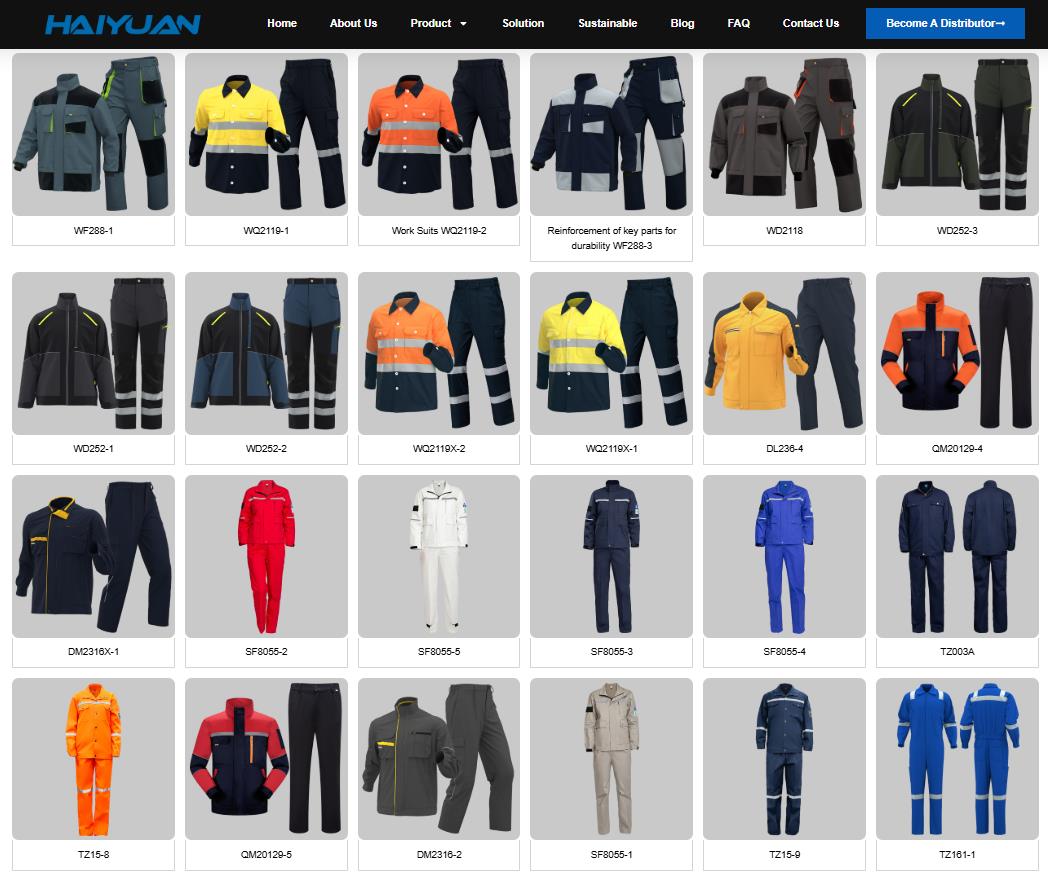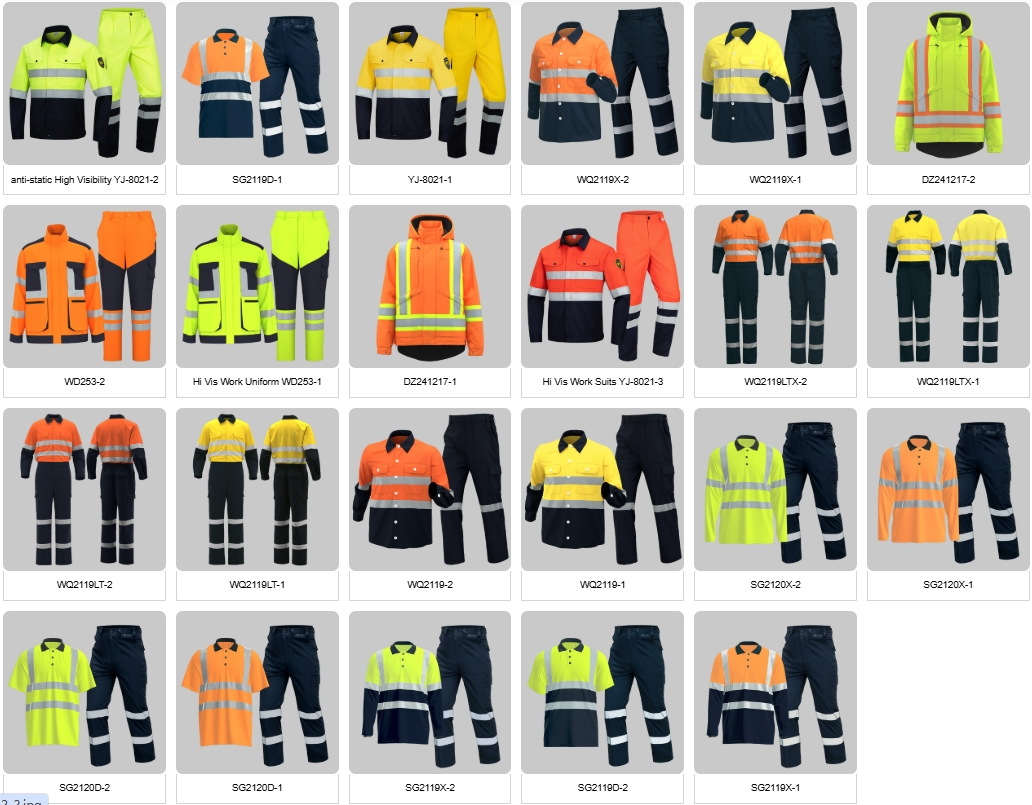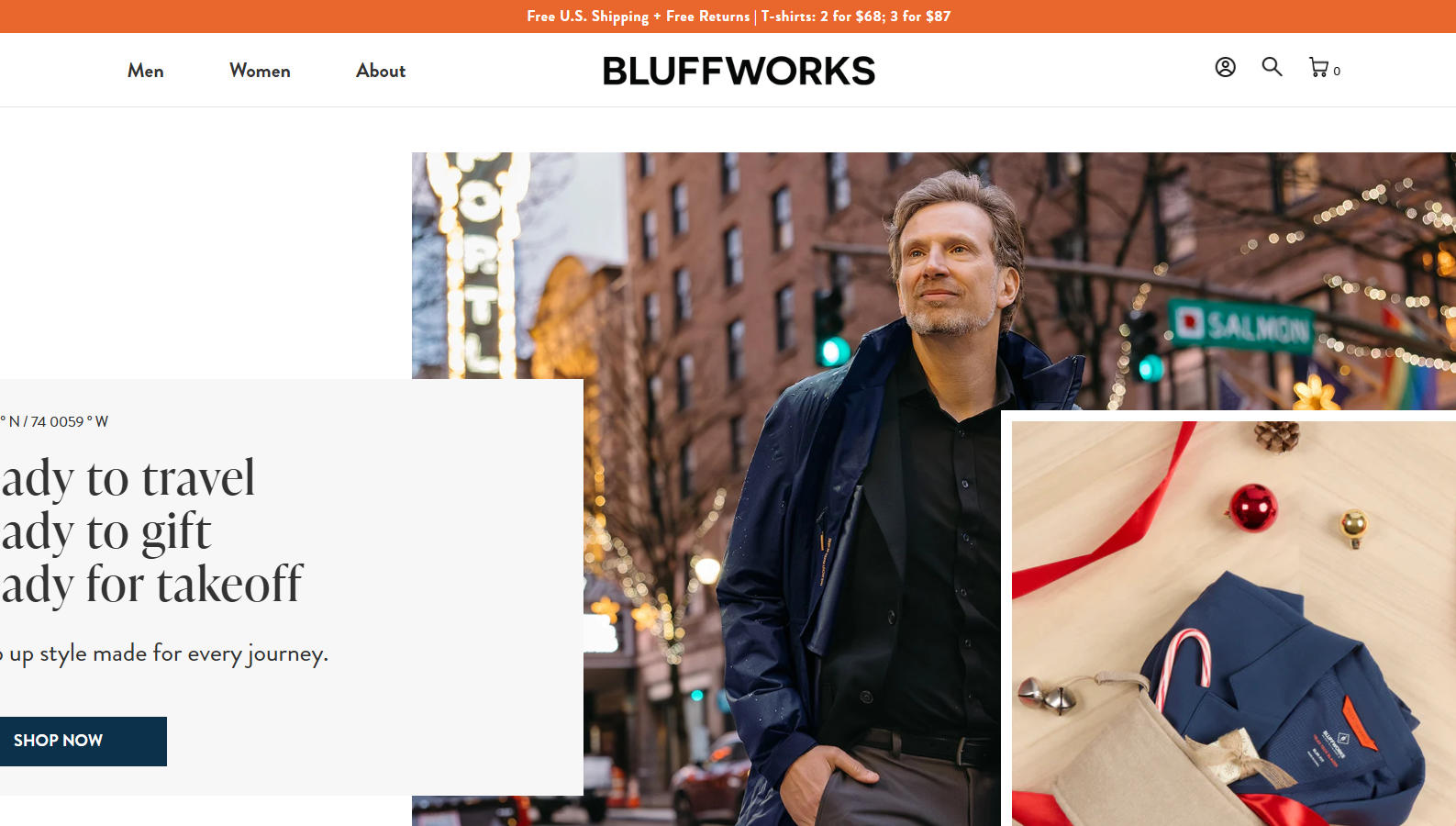The term “Chinese jackets” covers a wide range of styles, from traditional and historical garments to modern fashion pieces. Here’s a guide to the most common and iconic Chinese jackets and their names:
Traditional & Historical Jackets
-
Tangzhuang (唐装) – The “Modern” Traditional Jacket
-
What it is: This is the jacket most Westerners think of as a “Chinese jacket.” It’s characterized by a mandarin collar (stand-up collar) and frog buttons (knotted cloth closures).
-
Context: Despite its name (which references the Tang Dynasty), the Tangzhuang is a modern reinterpretation. It became globally famous after APEC leaders wore them in 2001.
-
When it’s worn: Today, it’s common for formal occasions, weddings, festivals like Chinese New Year, and as stylish uniform for hospitality staff.

work-uniform-suits
-
-
Changshan (长衫) / Magua (马褂) – The “Traditional” Men’s Ensemble
-
Changshan: A long, robe-like garment for men, also with a mandarin collar.
-
Magua: The jacket worn over the Changshan. It is typically a shorter, sleeved jacket that is often embroidered.
-
Context: This was the standard formal wear for men during the Qing Dynasty. The full ensemble is what is often called a “Mandarin suit.”
-
-
Hanfu (汉服) – Jackets from the Han Ethnic Tradition
-
This refers to the historical clothing of the Han Chinese people, predating the Qing Dynasty. There are several jacket styles within Hanfu:
-
Ru (襦): A short, open jacket.
-
Ao (袄): A longer, padded or lined jacket, often with wide sleeves.
-
-
Context: Hanfu has seen a major revival in recent years as a form of cultural pride and is often worn by young people for photoshoots or festivals.
-
-
Qipao / Cheongsam (旗袍) – The Iconic Dress (and its accompanying jacket)
-
While the Qipao itself is a dress, it is very often worn with a matching or contrasting short jacket or overcoat, especially for formal events or in cooler weather.
-
Modern & Workwear Jackets
-
Mao Suit (中山装 – Zhongshan Suit)
-
What it is: A utilitarian, high-collared jacket with four front flap pockets and five central buttons. It has no lapels.
-
Context: Named after Sun Yat-sen (Sun Zhongshan), it was the standard male attire in China during the Mao era. It is now rarely worn in daily life but carries strong historical and political significance.
-
-
-
While not having a specific traditional name, China is the world’s largest manufacturer of all kinds of work jackets, including:
-
保安服 (Bǎo’ān fú): Security guard uniforms, which often look like a Mao suit or a formal blazer.
-
工装 (Gōngzhuāng): General workwear, including durable jackets for construction or factory work.
-
-
A Quick Guide to Identify Them
| Jacket Name | Key Features | Typical Use |
|---|---|---|
| Tangzhuang (唐装) | Mandarin collar, frog buttons, often silk | Modern formal wear, festivals, weddings |
| Magua (马褂) | Worn over a long robe, often embroidered | Historical (Qing Dynasty) formal wear |
| Mao Suit (中山装) | High collar, no lapels, four pockets | 20th-century politics, historical symbol |
| Hanfu Jackets (Ao/Ru) | Wide sleeves, often tied with a sash | Cultural revival, festivals, photoshoots |
| Qipao Jacket | Short, elegant, worn over the dress | Formal events, fashion |
If you see a specific style you’d like to identify, feel free to describe it or share a picture, and I can give you a more precise answer





